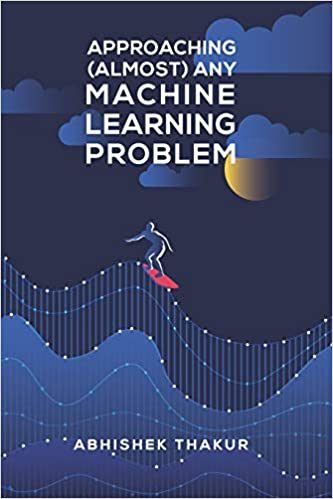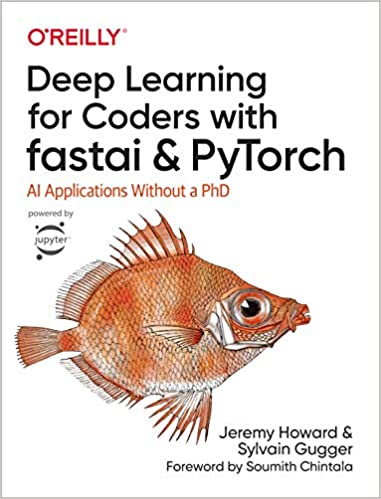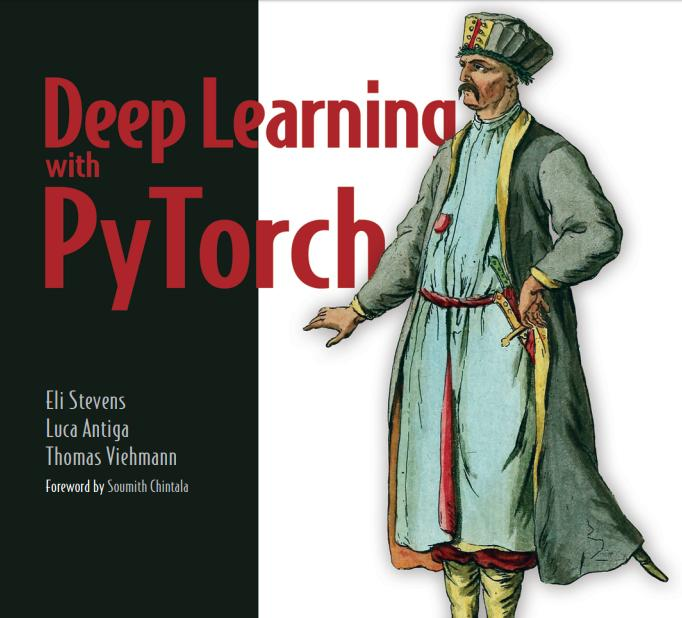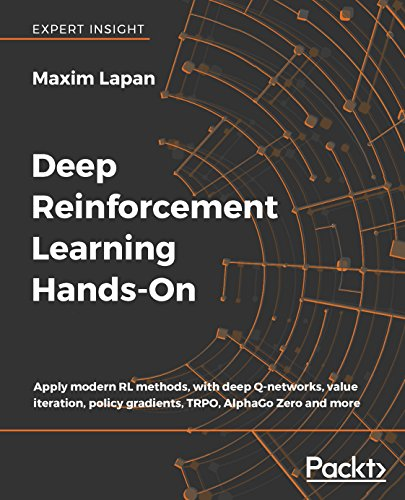Machine learning is a vast field. Thanks to the internet, there are plenty of resources available to get your hands on it — from books to blogs to vlogs. Analytics India Magazine has been compiling learning resources for the ML community for quite some time now. In this article, we list down top machine learning books for those who want to get practical with algorithms.
(The books below are listed in no particular order)
1| Deep Learning With Python By François Chollet
Written by Keras creator and Google AI researcher François Chollet, this book builds your understanding through intuitive explanations and practical examples. The reader gets to explore challenging concepts and practice with applications in computer vision, NLP, and generative models. By the time you finish, you’ll have the knowledge and hands-on skills to apply deep learning in your own projects.
Luca Massaron recommends this book.
2| Hands–On ML With Scikit–Learn, Keras and TensorFlow By Aurélien Géron
This is one of the most popular books in the ML community. Author, Aurelian Geron, a former Googler who led YouTube’s video classification team from 2013 to 2016, uses concrete examples in this practical book to present readers with a guide on how to use production-ready Python frameworks such as Scikit-Learn, Keras and TensorFlow.
Kaggle GM Tri Duc recommends this book.
3| Advances in Financial Machine Learning By Marcos Lopez de Prado
Considered to be the best book ever written on finance and machine learning, Advances in Financial ML is written by Prof. Marcos Lopez, who has over 20 years of experience developing investment strategies with the help of machine learning algorithms and supercomputers. This book demystifies the entire subject and unveils cutting-edge ML techniques specific to investing. With step-by-step clarity and purpose, this book quickly brings the readers up to speed on fully proven approaches to data analysis, model research, and discovery evaluation.
Luca Massaron recommends this book
4| Approaching (Almost) Any Machine Learning Problem By Abhishek Thakur
4x Kaggle Grandmaster, Abhishek Thakur’s much-awaited book on ML has finally landed in the market. As was promised before the release, this book dives deep into the concept of ML techniques. As the author states, this book is for people who have some theoretical knowledge of machine learning and deep learning, and want to dive into applied machine learning. The book doesn’t explain the algorithms but is more oriented towards how and what you should use to solve machine learning and deep learning problems. The book is not for you if you are looking for pure basics but looking for guidance on approaching machine learning problems.
Kaggle GMs Tri Duc and Luca Massaron recommend this book.
5| Deep Learning for Coders with fastai and PyTorch By Jeremy Howard & Sylvain Gugger
Fastai’s Jeremy Howard and Sylvain Gugge are coming up with a new book that would guide the readers to train models in computer vision, natural language processing, tabular data, and discover how to turn your models into web applications. It will also give an insight into implementing deep learning algorithms from scratch.
6| Deep Learning with PyTorch By Eli Stevens, Luca Antiga, and Thomas V
PyTorch has quickly risen to be one of the most reliable frameworks in the ML industry. Companies like Apple, Facebook, and JPMorgan Chase use PyTorch. In this book, the authors present their readers with methods on how to build real-world examples from scratch while also covering best practices for the entire deep learning pipeline. This book also includes a guide to using PyTorch Tensor API, loading data in Python, monitoring training, and visualising results on larger projects as well. This book’s digital copy was made available by PyTorch. Find the link below.
Kaggle GM Tri Duc recommends this book
7| Deep Reinforcement Learning Hands-On By Maxim Lapan
Author, Maxim Lapan is a deep learning enthusiast whose areas of interest lie in practical applications of Deep Reinforcement Learning. The book offers a comprehensive guide to the latest DL tools and their limitations. The readers get to understand the evaluation methods including Cross-entropy and policy gradients, with examples on Atari set of virtual games and family favorites such as Connect4.
According to the author, the readers can expect to learn the following:
Evaluate RL methods including Cross-entropy, DQN, Actor-Critic, TRPO, PPO, DDPG, D4PG and others
Defeat Atari arcade games using the value iteration method
Create your own OpenAI Gym environment to train a stock trading agent
Teach your agent to play Connect4 using AlphaGo Zero
Explore the latest deep RL research on topics including AI-driven chatbots
8| Natural Language Processing in Action By Hobson Lane, Cole Howard, and Hannes Max Hapke
Authors Hobson Lane, Cole Howard, and Hannes Max Hapke who are experienced NLP engineers, present this book as a guide to building machines that can read and interpret human language. Readers can use readily available Python packages to capture the meaning in text and react accordingly. The book also expands traditional NLP approaches, including neural networks, modern deep learning algorithms, and generative techniques. It is a must-read if you want to understand how to tackle real-world problems like extracting dates and names, composing text, and answering free-form questions.
Source: Paper.li
















